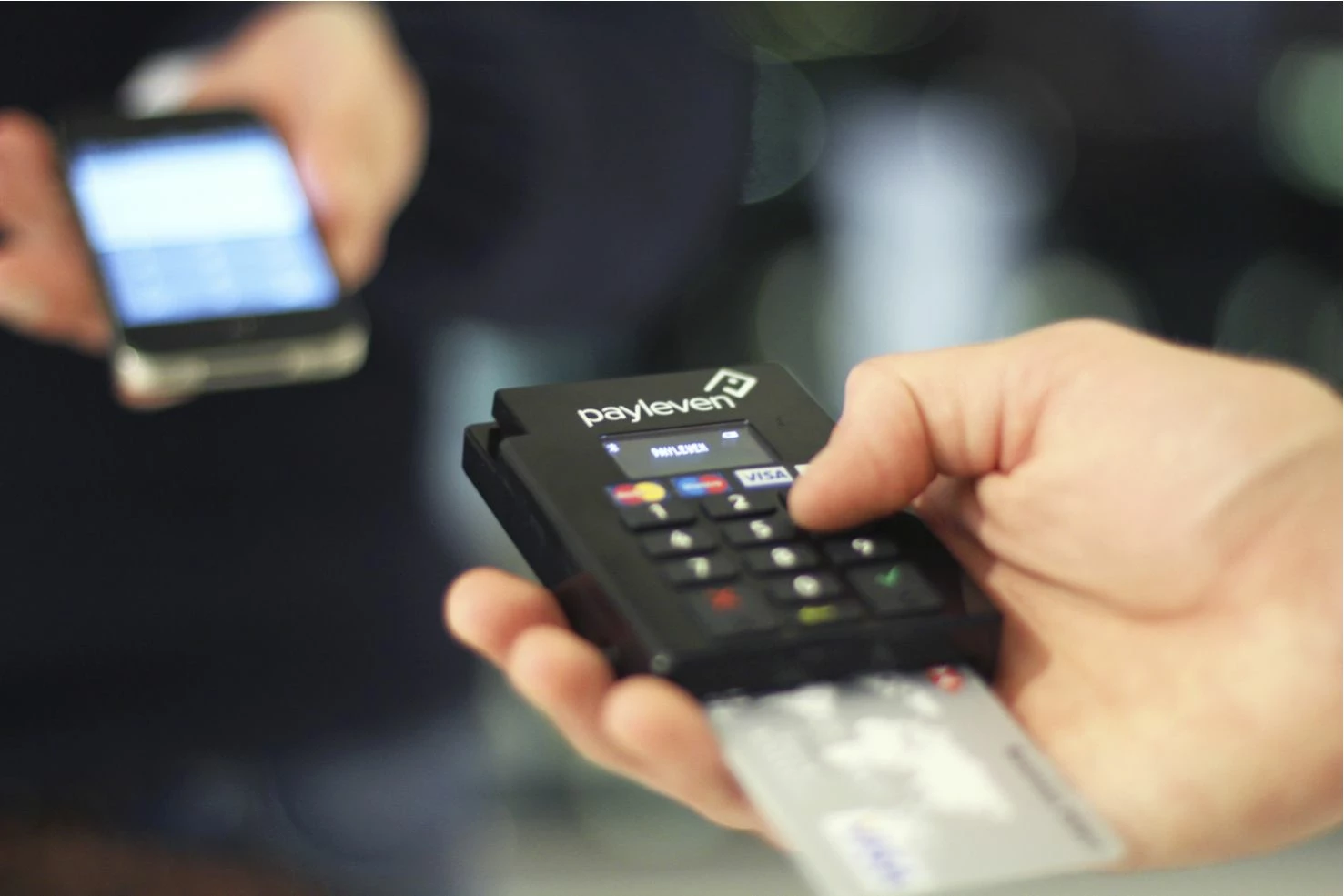
Partner Article
Late payments and the rise of mobile solutions
Think of the last time that you lent money to a friend – how much was it? Did you ever get paid back? According to our recent survey, the answer probably lies somewhere between £10 or £20[1] and a tenth of those surveyed never got their money back[2]. This figure may be focused on friend to friend lending but it does cast some light on the UK’s attitude to paying back. Imagine for example, if you are a small business owner and invoices go unpaid. If you don’t chase payments from a friends, how comfortable will you be chasing a stranger?
Cash flow in particular can be an issue for many small businesses and a recent survey of 4,000 members of the Forum of Private Business found that 23 per cent had reported an increase in the number of late payments over the past year. Compare this with just 3 per cent who claimed n a reduction in late payment and it is clear that this is a serious problem. Furthermore, 39 per cent stated they would like prompt payment to be given more support. This highlights that there is an appetite amongst the business community for the issue of late payments to be taken seriously.
The European Union has recently begun to actively campaign against late payment of invoices for SMEs. The directive aims to create a statutory right to add interest 30 days after the date of the invoice, unless another payment period has been negotiated in the contract. In essence, this means that getting paid through an invoice is becoming not only easier, but protected by law.
However, this directive is a long way from being completely formalised and doesn’t do anything to address the need to unlock on-the-spot payments – the lifeblood of many small businesses. It is also important to take into account that invoicing is swiftly becoming an outdated form of payment. In an evolving technological landscape, it is businesses that embrace evolving payments that will survive.
Though there has been a proliferation of solutions such as mobile wallets and contactless payments, widespread pick up has been slow. Paying by card has become an ingrained behaviour among consumers. Enter mobile Chip & PIN. This provides a more workable and trustworthy solution. These small and portable card readers work via Bluetooth, to an App on either Apple or Android Smartphones or tablets. It also has the advantage of greater flexibility whilst working off technology that already has a high-level of consumer trust. It also means the lone tradesman or small business can collect payments on completion of the work and completely face-to-face instead of chasing for an invoice.
The positive effects of these types of solutions are already evident. Many businesses have reported increased revenues, with some claiming they have even doubled as a direct result of implementing the new technology. They also found that less time is spent chasing customers for payments and queuing in the bank to pay in cash takings.
The EU’s directive is obviously a step in the right direction and shows that smaller businesses’ needs are being taken seriously. However, it doesn’t take into account that businesses are increasingly looking to more up-to-date solutions to process payments. Clearly, it is time for small businesses to exploit advancing technologies instead of relying on superannuated methods.
Ian Marsh, UK MD, payleven
[1] payleven and OnePoll, 2014
[2] payleven and OnePoll, 2014
This was posted in Bdaily's Members' News section by Editorial team .
Enjoy the read? Get Bdaily delivered.
Sign up to receive our popular morning National email for free.








 How to make your growth strategy deliver in 2026
How to make your growth strategy deliver in 2026
 Powering a new wave of regional screen indies
Powering a new wave of regional screen indies
 A new year and a new outlook for property scene
A new year and a new outlook for property scene
 Zero per cent - but maximum brand exposure
Zero per cent - but maximum brand exposure
 We don’t talk about money stress enough
We don’t talk about money stress enough
 A year of resilience, growth and collaboration
A year of resilience, growth and collaboration
 Apprenticeships: Lower standards risk safety
Apprenticeships: Lower standards risk safety
 Keeping it reel: Creating video in an authenticity era
Keeping it reel: Creating video in an authenticity era
 Budget: Creating a more vibrant market economy
Budget: Creating a more vibrant market economy
 Celebrating excellence and community support
Celebrating excellence and community support
 The value of nurturing homegrown innovation
The value of nurturing homegrown innovation
 A dynamic, fair and innovative economy
A dynamic, fair and innovative economy